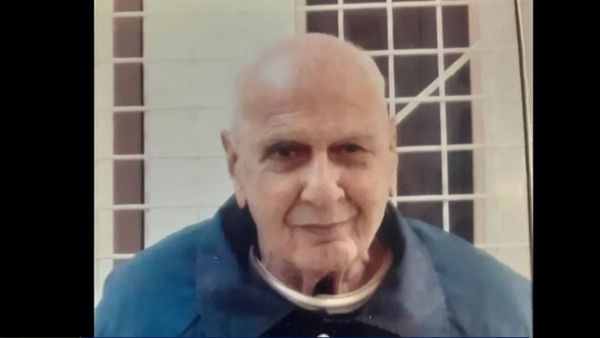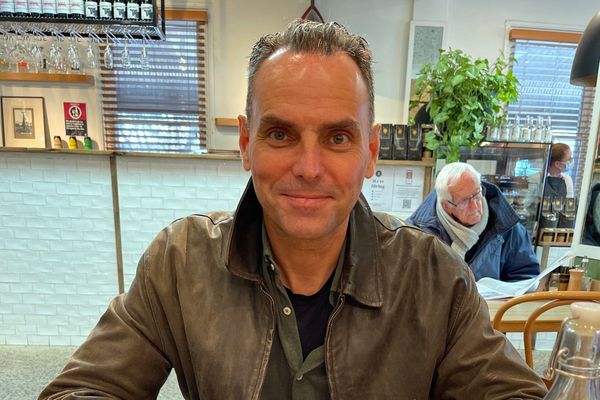Standing alone, a stark contrast to the plentiful trees that surround it, a statue in a Manchester park bears a haunting message.
The sculpture by US artist, Nate Lowman, has resided in Whitworth Park since 2014. The statue consists of three bronze spheres stacked on top of each other. Next to its base, the haunting message reads: "I will be dead soon".
Perhaps puzzling anyone who chances by and sees the mini tower of metal spheres stacked on top of each other, a clue to its origins may be in the knowledge that it once had arms which have since disappeared.
Read More: People, places and moments that just scream Manchester in the 1990s
Walking around the sculpture you will see what appears to be a carrot nose sticking out of the top sphere, also cast in bronze. Yes, the sculpture is called the Snowman, and was placed in the beauty spot by its creator as a permanent reminder of the potentially catastrophic effects of climate change in something that looks as though it has been, and will be, there forever.
Nate Lowman, the sculpture's creator, was born in 1979 in Las Vegas and is an American artist working in the genre of pop art. The snowman has been a recurring figure in his work throughout his career, as the artist continues to create work with an urgent and frightening message about the environment.
Part of the University of Manchester, Whitworth Park was established in 1889 as part of the Whitworth Institute, a memorial concept to famous engineer Sir Joseph Whitworth on a 1,000 year lease. The Whitworth Institute was taken over by the university in 1958 when it became the Whitworth Art Gallery.
The first English gallery in a park, the galleries website describes it as: "A place of research and academic collaboration, and whose education and learning teams have generated new approaches to working with non-traditional arts audiences." Adding: "It is a place that its visitors love, and feel that they own. For them and for us, the Whitworth is simply the gallery in the park, one of the most remarkable galleries in the north."
Love Greater Manchester's past? Sign up to our new nostalgia newsletter and never miss a thing.
Back to the Snowman and its prophetic warning believed to represent the artist's attempt to raise awareness on climate change and global warming, two of the major political issues of our era. The blunt inscription serves as a reminder that if the world decides not to address the challenge, then all that may be left is a metallic snowman.







